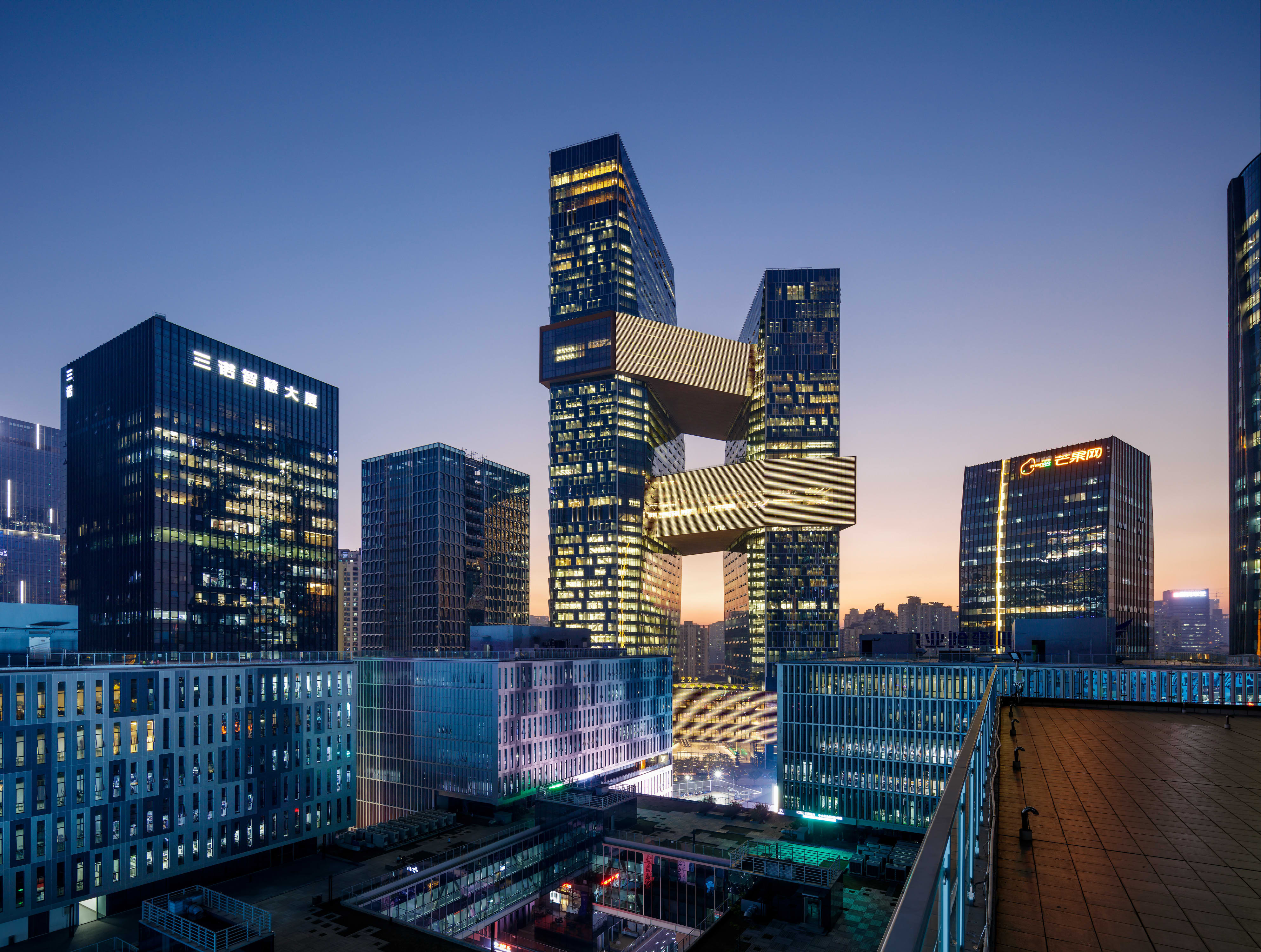Why Shenzhen Hosting APEC 2026 Is Both Symbolic and Strategic

When Shenzhen was announced as the host city for the 33rd APEC Economic Leaders’ Meeting in November 2026, the choice reverberated far beyond ceremony. The announcement — made by Xi Jinping on 1 November 2025 — signals a dual message: this is both a symbolic endorsement of Shenzhen’s evolution and a strategic move by China to shape regional economic dynamics. Source
1. From Fishing Village to Global Tech Metropolis

Shenzhen’s transformation is almost legendary in China’s reform-and-opening narrative. Once a modest fishing town in the early 1980s, it was designated one of China’s pioneering Special Economic Zones and has since evolved into a high-tech powerhouse. Source
- Its strategic emerging industries (AI, new energy, robotics, electronic information) accounted for about 42.3% of its GDP in 2024. Source
- The city set a 2025 growth target of 5.5% while promoting a shift toward innovation-driven development. Source
- Corporations such as Tencent, Huawei, and BYD call Shenzhen home — making it the heart of China’s high-tech ecosystem. Source
2. Strategic Timing and Geopolitical Messaging

The timing and location are far from coincidental. Several strategic dimensions stand out:
- Regional economic integration: Hosting APEC gives China a prominent stage to shape Asia-Pacific cooperation. Xi emphasised objectives such as digital economy, connectivity, and AI. Source
- Technology and innovation leadership: By picking a high-tech city, China signals that future regional growth relies on innovation rather than traditional trade. Source
- Trade and diplomacy in a shifting world order: Analysts noted China stepping up regional trade influence while the U.S. posture seemed less unified. Source
- Internal showcase for reform & opening-up: Shenzhen serves as “a window” into China’s strategy. Source
3. What It Means for Shenzhen Locally — and Beyond
For Shenzhen:
- Heightened infrastructure investment for venues, transport, and hospitality.
- Upgrading industrial clusters in advanced manufacturing, robotics, new energy, and digital services. Source
- Boost in global visibility as a rapidly rising “wealth hub.” Source
For the Asia-Pacific region:
- Reinforcement of China’s role as a hub of regional trade.
- Emphasis on digital and smart development aligned with Shenzhen’s strengths. Source
- Potential diplomatic sensitivities, including Taiwan’s participation. Source
4. Key Questions & Risks to Watch
- Global trade environment uncertainty. Source
- Geopolitical tensions in the Asia-Pacific region.
- Domestic city capacity and social expectations for infrastructure and services.
- Delivering tangible legacy outcomes in innovation and regional integration.
5. What to Monitor Between Now and 2026
- Shenzhen and Guangdong policy updates on AI, new energy, robotics, and advanced manufacturing.
- APEC preparatory documents highlighting themes such as digital economy and green growth.
- Participation and treatment of all APEC economies.
- Shenzhen’s economic performance metrics: growth rate, tech investment, R&D intensity.
- Infrastructure and urban development updates in Shenzhen ahead of the summit.
In summary: Shenzhen hosting APEC 2026 is a statement that the Asia-Pacific economy’s future is shaped by technology, innovation, and regional cooperation — with Shenzhen as the emblem of that trajectory.